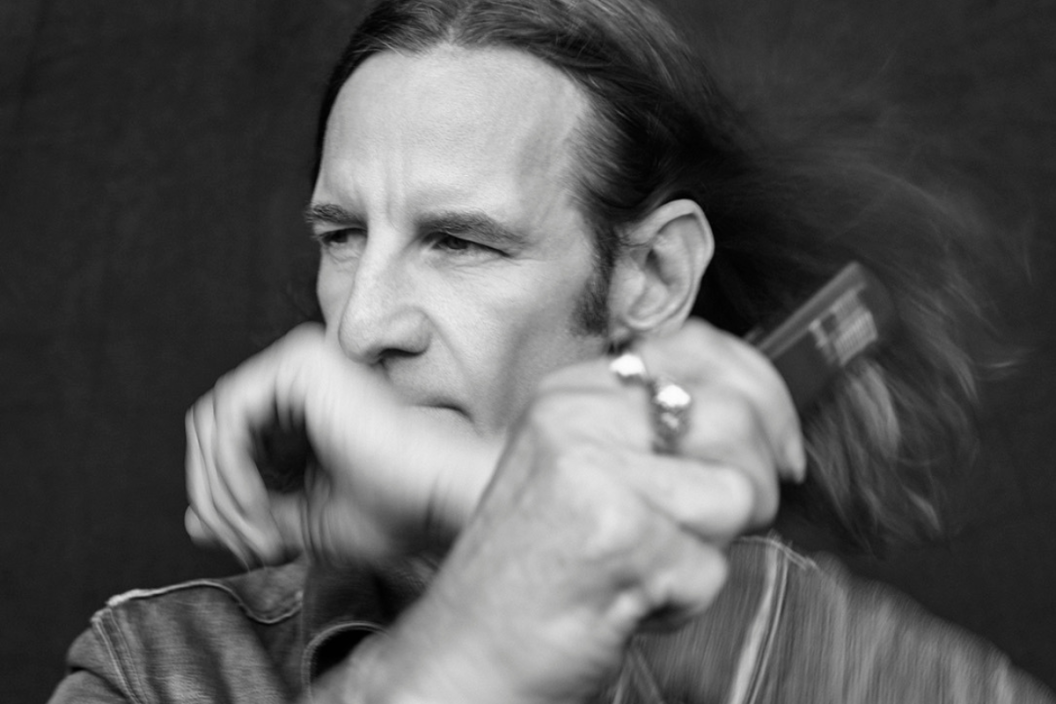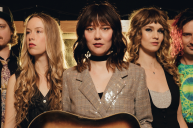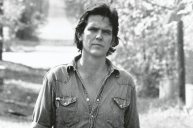If you picked up a copy of Rolling Stone in the '90s, there's a good chance you've seen Mark Seliger's work. As the chief photographer for the publication from 1992 to 2002, Seliger photographed 188 covers for Rolling Stone, snapping iconic shots of Kurt Cobain, Neil Young, Sheryl Crow, Beastie Boys, Fiona Apple, Janet Jackson, Shania Twain, Will Smith, Shaquille O'Neal and many, many more.
Videos by Wide Open Country
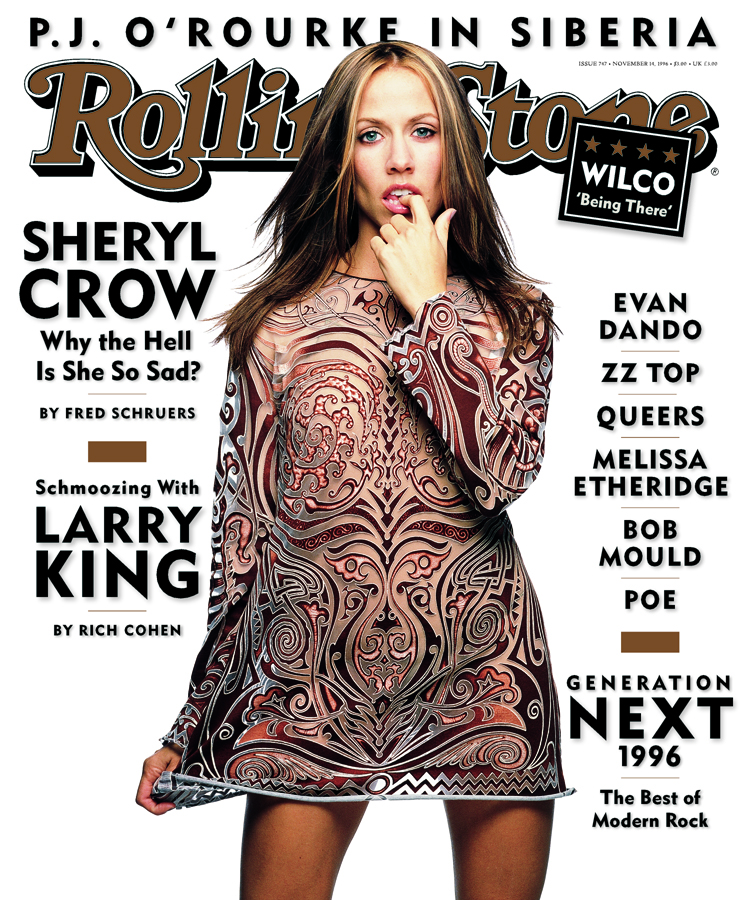
Mark Seliger
Throughout his incredible career, Seliger has created some of the most beloved and recognized portraits of public figures, including naked rock stars, heads of state (Bill Clinton, George Bush and Barack Obama) and, yes, even members of Fleetwood Mac in wedding gowns. Seliger is also a staple of Vanity Fair's annual Oscar Party. This year alone saw Jessica Chastain, Brendan Fraser, Pedro Pascal, Ariana DeBose, Angela Bassett, Ke Huy Quan and more stepping in front of his lens.
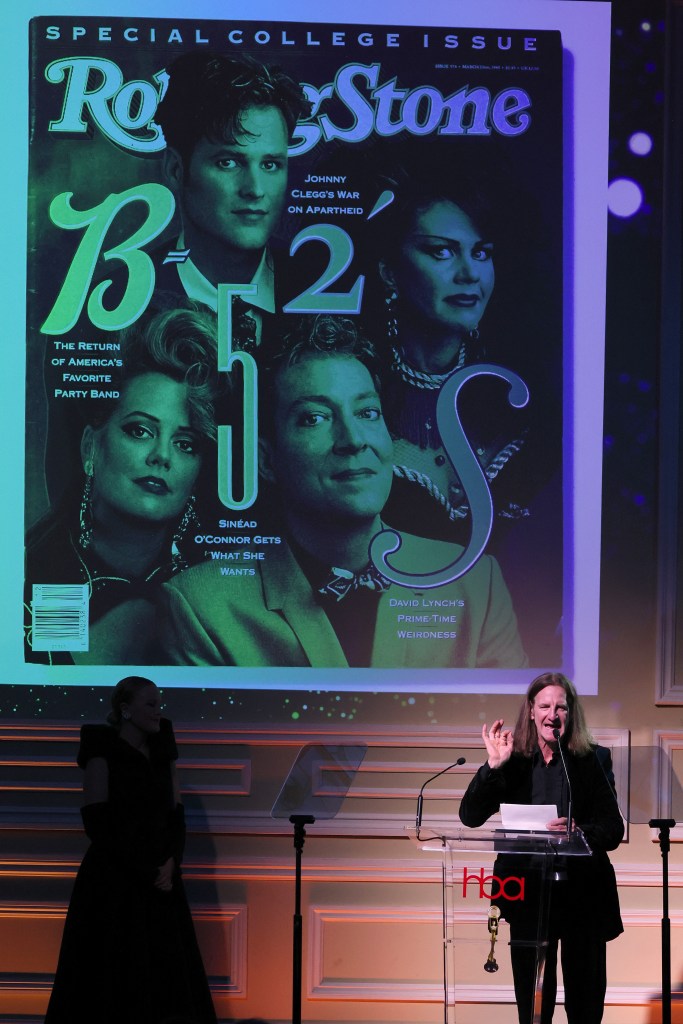
Jemal Countess/Getty Images
But Seliger's background in photographing public figures, specifically musicians, goes back way before he ever stepped foot onto the set of a magazine shoot. The award-winning Texas-born artist fell in love with photos at age 13 while taking a darkroom class at the Jewish Community Center in Houston.
"I just kind of fell in love with process. I didn't really even care that much about the actual photograph," Seliger says. "I just liked being in the darkroom."
While in Texas, a young Seliger photographed blues great Lightnin' Hopkins during a Houston tour stop, kicking off what would become a career of documenting artists through portrait photography. But his connection to music doesn't end there. In the late '90s, while touring as a photographer for The Wallflowers, Seliger began writing country songs that would impress the likes of his famous photography subjects, including Wallflowers frontman Jakob Dylan, Sheryl Crow and Lenny Kravitz.
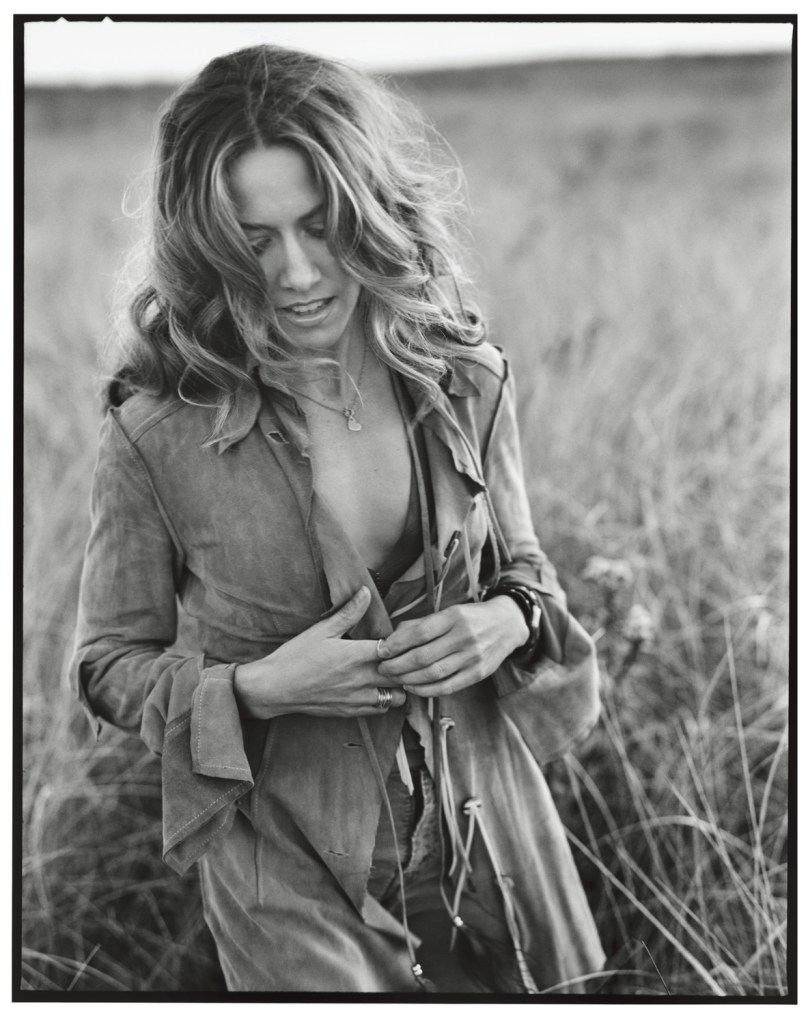
Mark Seliger
For over 20 years, Seliger has fronted the alt-country band Rusty Truck, releasing acclaimed albums — including 2013's Kicker Town and their newly released self-titled 2023 album, featuring Sheryl Crow collaboration "Find My Way" — along the way.
Wide Open Country caught up with Seliger, who made his Grand Ole Opry debut earlier this year, to chat about memorable photo shoots, the correlation between songwriting and photography, playing the Opry, and more.
This interview has been edited for length and clarity.
On songwriting and photography:
[Songwriting and photography are] really cut from the same cloth in a lot of ways. In terms of the way that phrasing in songwriting goes is very much about imagination ... it's very layered, and one image kind of leads into another. So the editing process is not dissimilar. The writing really comes from — as unique as the way that I take a picture ... the songwriting is very similar. I'm kind of carving out the storyline to sort of match my voice.
So in terms of the singing and songwriting ... the singing is the tool and the songwriting is really the messaging. With photography, the eyes [are] the instrument and the imagery is really the storytelling. So those things really inform me in terms of both ideas, whether it's songwriting or whether it's photography. They kind of intersect.
Songwriting came much later for me. Probably towards like 1999 or 1998 ... I started writing a little bit. It really came from, I think, the frustration of trying to learn other people's songs ... and having a lot of respect [for] and inspiration from a lot of songwriters over the years whose work I found really intriguing. Even though I was pretty misinformed about what they were trying to say, I found the way that they said it and the way their voices carried an idea through inspired me to want to [write songs] for no other reason than to be able to accompany myself with a guitar and be able to do something just for fun — almost like an extension of the creative process.
On photographing musicians:
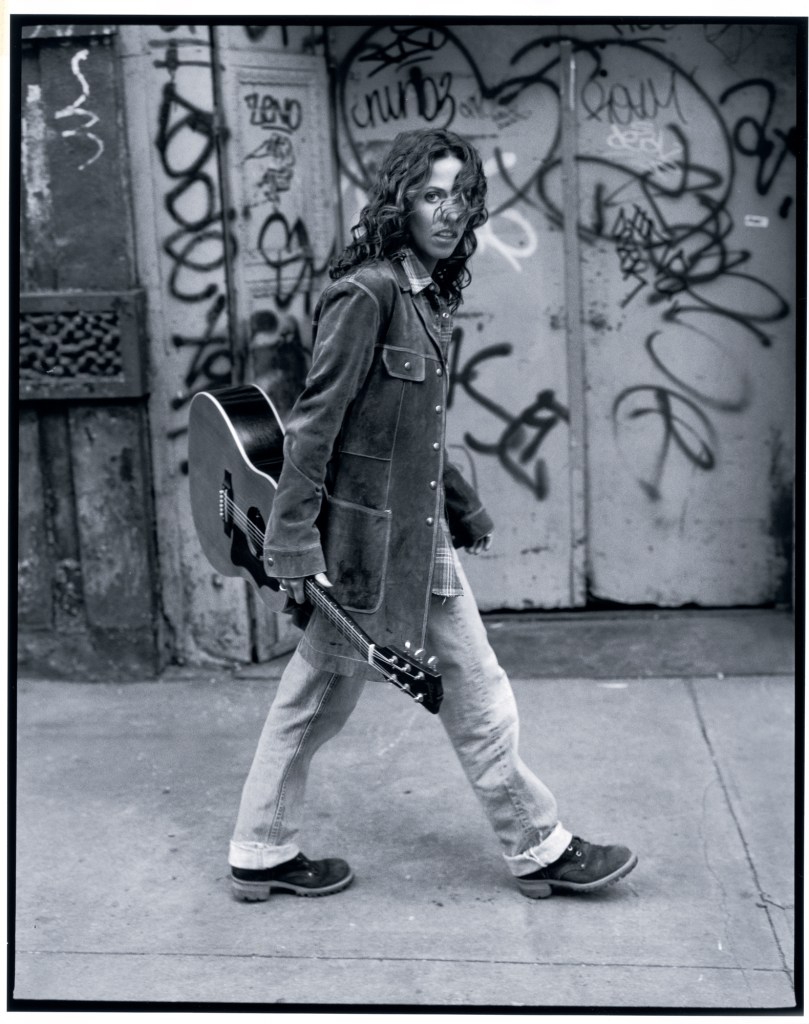
Mark Seliger
A musician comes with their own image. So my job is to kind of extrapolate — whether it's through what I hear in their music or how I relate to the songwriting or their own image of who they are [or] whether it's a new iteration of who they are or taking an iconic idea of who they are and expanding on that. Very rarely would I take a pretty specific concept and develop that. It would mainly be kind of extrapolating who they are or what image they are projecting at that particular time. With an actor or with a different scenario, I may actually give them a role to play. So that's kind of the difference.
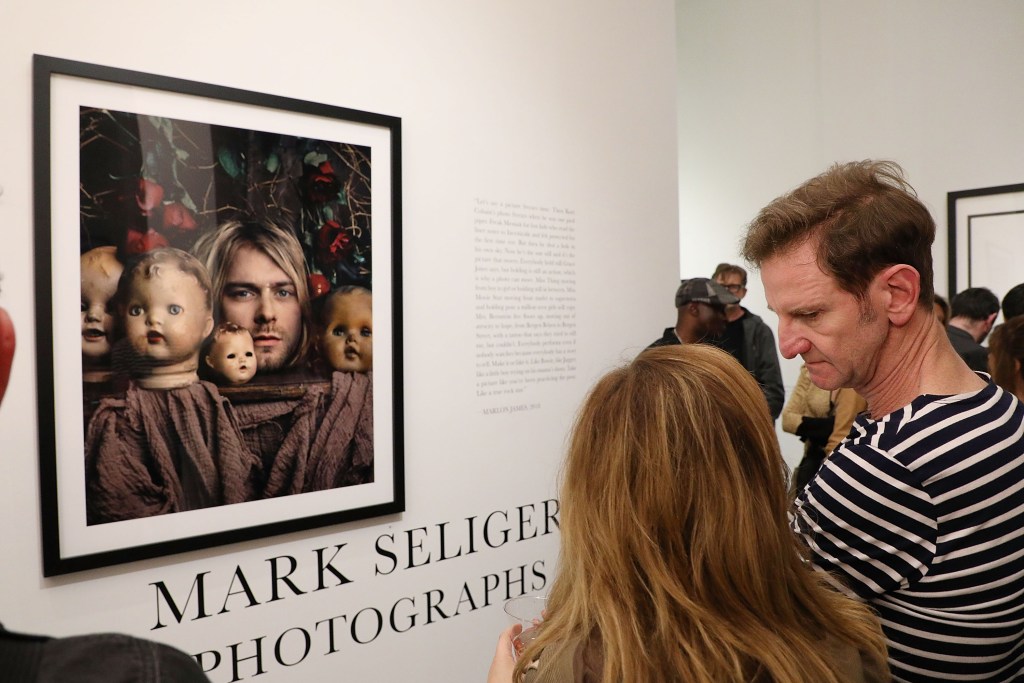
Photographer Mark Seliger talks with guests during the opening reception of "Mark Seliger Photographs" at Chase Contemporary Galleries on May 17, 2018, in New York City. (Photo by Taylor Hill/Getty Images)
Though I have done some pretty high concept ideas with a lot of musicians. In that instance, it's really about collaborating with them on what the idea is, like, for instance, photographing Tom Petty on a camel. I don't know where that came from. I just thought it was a pretty interesting idea, and he immediately liked that idea because he said he had been to Egypt and he had ridden a camel before, so he was up for that.
With Fleetwood Mac, I photographed John McVie and Mick Fleetwood as a bride and groom because they were celebrating their 25th anniversary and we were celebrating the Rolling Stone 25th anniversary.
On expressing creative vision while making photography subjects feel comfortable with the process:
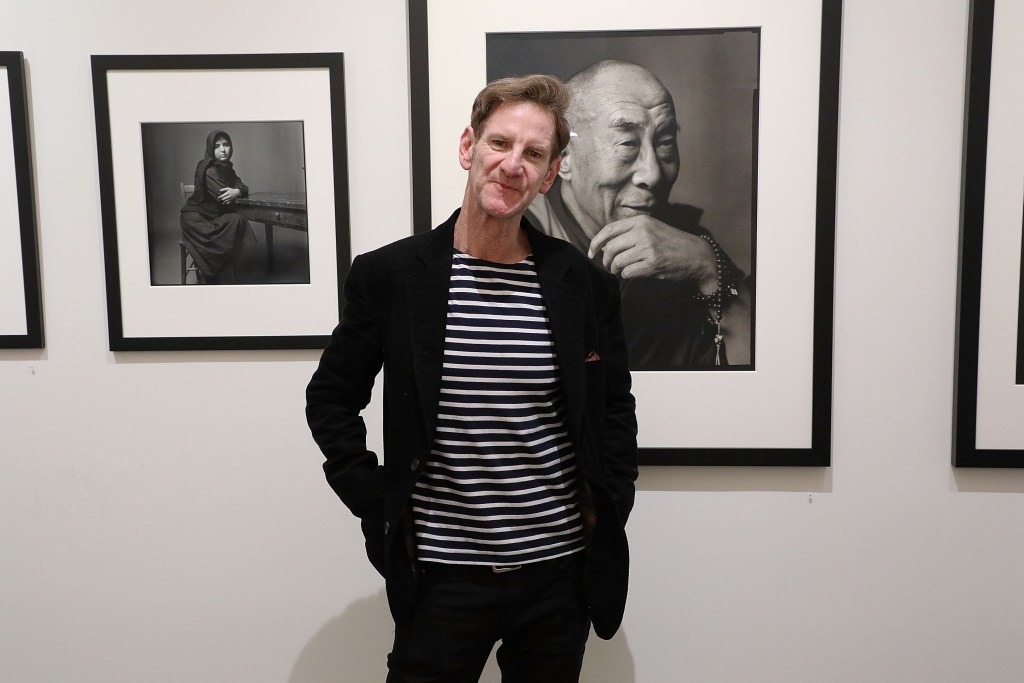
Photographer Mark Seliger attends the opening reception of "Mark Seliger Photographs" at Chase Contemporary Galleries on May 17, 2018, in New York City. (Photo by Taylor Hill/Getty Images)
The way that you do that is you really create an environment that will make them feel comfortable. For me, it's kind of knowing as much as I can about them, having some preconceived ideas about who they are and understanding who they are, whether it's past articles or imagery that I've seen of them, understanding their own work, what they're working on, what they're expressing — that kind of a thing. It comes from doing the research.
On collaborating with other musicians:
It's very humbling because they're taking their expertise of 25 [or] 30 years ....We brought them in and asked them to produce a song. It was taking my song ... and allowing them to kind of put it under the microscope.
Somebody like Lenny [Kravitz] — just like I have in my photography in terms of process — he has a process. ... You have to kind of step out of their way and let them take what they do, what they hear, and apply their artistry to it. It's very interesting.
It's a beautiful thing to watch. It's magical the way that they do it, especially when you're in a studio and you see somebody working out a part.
On working with Larry Campbell and new album:
Larry Campbell, who produced this record, he played everything except for drums and bass and piano. He played every string. So he knew all the parts because he played all the parts. The great moment that we had in terms of understanding what my vision was — and Larry was very respectful of that — is that I thought these songs came from a very cinematic place. I think the nature of my voice has, in some aspects, kind of a cadence to it, a loneliness to it, that Larry really enjoyed playing against with the instruments.
On falling in love with country music:
I just kind of loved anything that people recommended, and a lot of those artists were recommended to me. [With] George Jones or Merle Haggard or Buck Owens and even like Loretta Lynn and Patsy Cline, there were all these great double entendres in their songwriting. When I started to write, I started to think about double entendres. Like one of the songs where [there] clearly was a double entendre was "Just Hold the Mayo and Never Let Me Go." [Laughs] It was a song about a guy that falls in love with his waitress at a local diner. He thinks that because she's being nice to him that she's in love with him, and he falls in love with her. Her answer to that is that she sees in him that he's a lonely person, and she understands it. There's always a little bit of a play on words so that you can kind of flip things on their head. Sometimes a little bit of comedy, but mainly it's kind of just finding who that character is in the song and then sort of telling that.
On making his Grand Ole Opry debut:
That was a big pinch-me moment. That was pretty fantastic. ... You can hear a pin drop. I mean, people there are really there to hear music and we weren't very well known, but having Sheryl [Crow] there didn't hurt.
The idea that so many amazing people from the beginning of country music have stepped onto that stage — whether it's that stage or an amalgamation of that stage — is pretty unique. I had to fight like hell not to get in my head about that one when I was out there. ... It was something that I'll never forget.
On why musicians are drawn to photography:
I think there's an absolute magnetic pull to the idea of expressing yourself in more than one way. ... Songwriters tend to draw from their imagination, and the experience of having a camera in front of you and being able to capture something is almost like storing information in a filing cabinet. How you feel about somebody or something, or a moment or a memory — that's all kind of fair game in songwriting.
